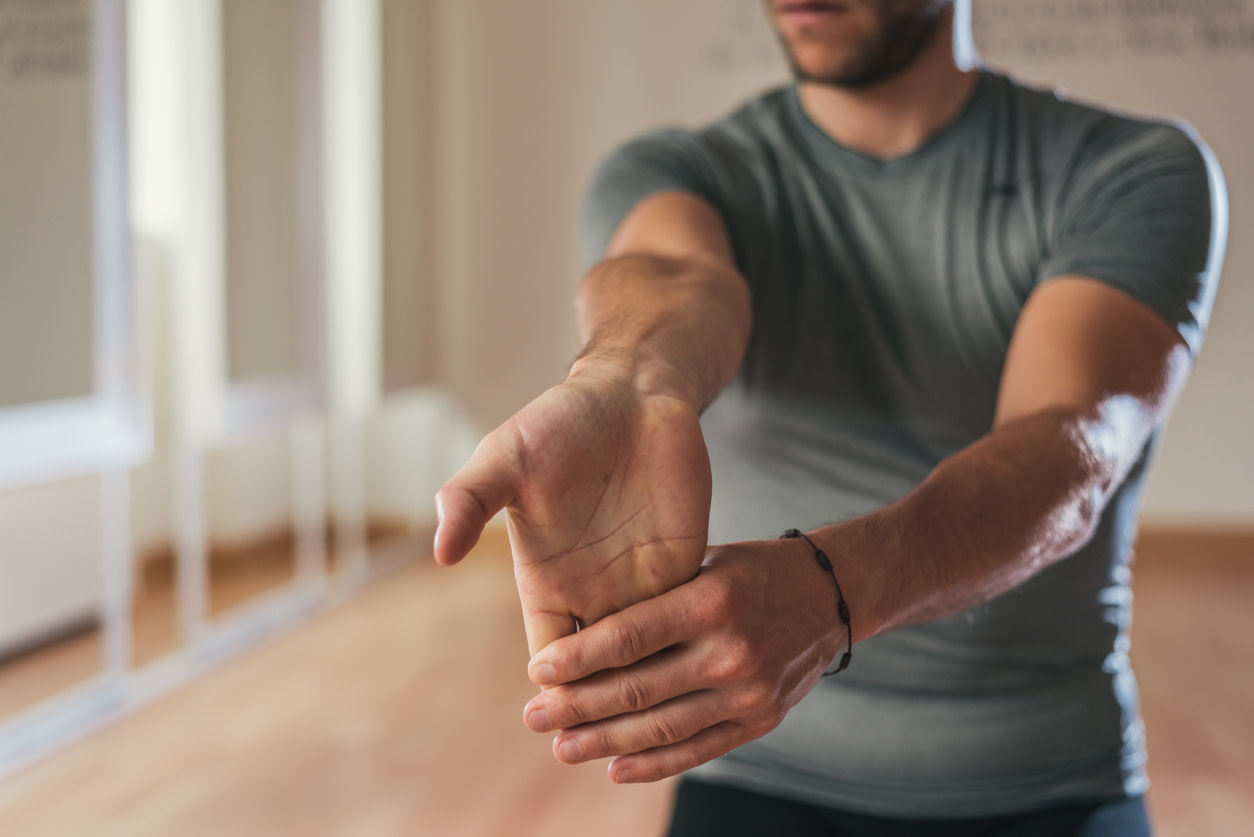6 Forearm Stretches to Relieve Arm and Wrist Pain
Discover how forearm stretches can relieve pain and improve mobility with tips from Hinge Health physical therapists.
$0 costo para usted
Última actualización: Jul 1, 2025
El índice
Fully covered arm or shoulder pain relief
Find relief from arm pain, shoulder pain, pinched nerves, & more.
Check if I'm eligible